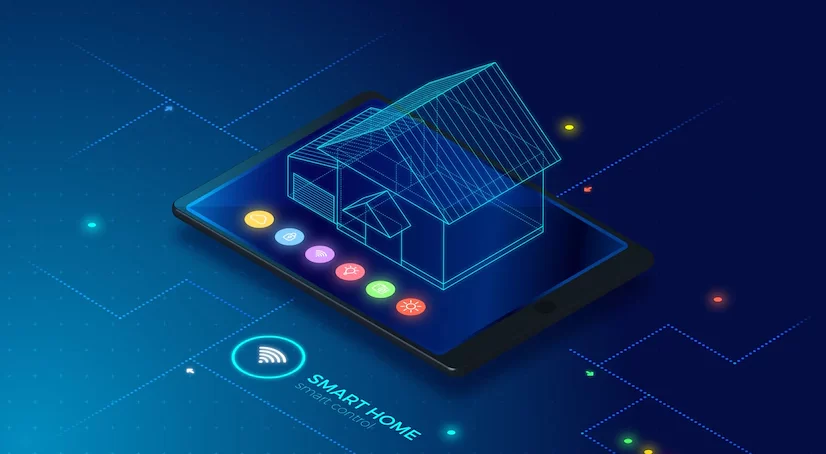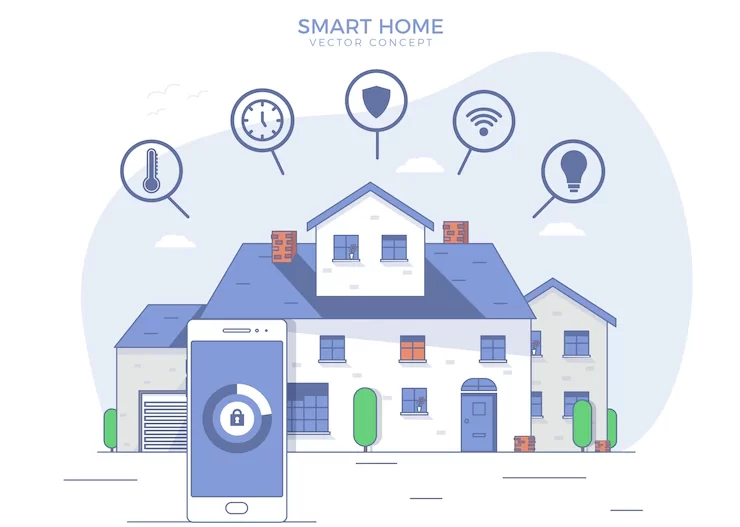The Role of Technology in Advancing Homeland Security
Technology has become an invaluable asset for homeland security operations in the modern age. Technologies like facial recognition, biometrics, AI surveillance systems, and data analytics have allowed homeland security personnel to monitor and respond to potential threats. These technologies can identify suspicious behaviour, detect illegal activity, track suspicious individuals, and take action to prevent possible threats.
According to a 2020 study conducted by the Congressional Research Service, technology has significantly improved homeland security operations. It has enabled rapid response times for threats and led to more accurate and efficient decision-making for security personnel. Read on to explore how technology is transforming homeland security personnel’s work.
Role of Technology in Upgrading Homeland Security
Homeland Security Automation
Automation is becoming a vital tool for homeland security personnel today. Automated systems can quickly and accurately identify suspicious activities and provide personnel with the necessary data to make informed decisions. Automation can also help reduce costs and improve performance by reducing manual labour and enhancing accuracy.
However, automated systems also come with the risk of potential breaches, which must be addressed. If you’re an aspiring professional seeking a homeland security job, you should familiarize yourself with the technology and automation systems used in the field. Also, plenty of online courses are available with information on the latest technologies in homeland security.
AI Surveillance Systems
AI surveillance systems are becoming increasingly popular for homeland security operations. AI can help in detecting suspicious activities and quickly alert security personnel. It can also analyze large amounts of data to identify patterns indicating an impending threat. Systems like these can detect illegal activities and alert personnel so they can respond faster and more efficiently. For example, facial recognition systems can identify criminals, terrorists, and other individuals with malicious intentions. And data analytics systems can help detect suspicious activities on time.
Big Data Analytics
Did you know that big data analytics can improve homeland security operations? Big data is a structured and unstructured data collection that helps identify patterns and trends that can predict potential threats in advance. Big data analytics tools like predictive analytics and machine learning can also help create more accurate models for homeland security operations. Also, big data analytics can help detect cyber threats and quickly respond to emergencies.
Biometrics
Biometrics is a technology that identifies individuals based on physical or behavioural characteristics. It is becoming increasingly popular for homeland security operations as it is more reliable than traditional methods. Biometric identification systems can identify criminals and terrorists, improve access control and detect identity fraud. For example, fingerprint recognition systems can verify the identity of individuals who enter a restricted area. According to a study, biometrics is one of the most critical technologies for homeland security operations and has significantly improved security operations in the US.
Cloud-Based Systems
Cloud-based systems have become famous for homeland security operations in the past few years. These systems enable data sharing across multiple locations and devices, which helps personnel respond to threats faster. They also improve collaboration and coordination between security personnel while reducing operational costs. Additionally, cloud-based systems can store sensitive data securely and monitor potential threats.
Robotics
Robotics is another technology that can help improve homeland security operations. Robots can patrol sensitive areas, detect potential threats, and respond quickly in emergencies. In addition, robots can help with specific tasks, such as carrying out inspections or monitoring activities in a restricted area. Robotics is being increasingly used for border control and surveillance operations and has proven to be a cost-effective solution. Most importantly, it has significantly increased the effectiveness of security operations.
Blockchain
Blockchain is a decentralized ledger technology that securely stores data and tracks transactions. This makes it an ideal technology for homeland security operations, providing enhanced security and improved transparency. Blockchain can also detect fraud, cybercrimes, and other malicious activities. Additionally, it can manage documents and track shipments securely in real-time, which helps with border control operations. Finally, blockchain is a great way to store sensitive data securely, which helps prevent potential threats. Overall, blockchain is a powerful technology that can help improve the efficiency of homeland security operations.
Internet of Things (IoT)
Do you remember the movie “Minority Report,” where the protagonist used a device to detect potential threats? This technology is becoming a reality with the Internet of Things (IoT). IoT enables devices to communicate and interact with each other. It can help homeland security operations in various ways. For example, it can help detect suspicious activities, alert personnel in advance, and track criminals and terrorists. Additionally, it can automate security operations, such as opening and closing gates or monitoring activities in a restricted area.
Artificial Intelligence
Artificial intelligence (AI) is a technology that can analyze large amounts of data and identify patterns. It can help with predictive analytics, which helps anticipate potential threats in advance. AI-based systems can also detect cyber threats quickly and respond more effectively. Additionally, they can automate certain security operations, such as access control and identity verification. AI is a powerful technology that can significantly improve homeland security operations.
One of AI’s most important benefits is that it can help personnel focus on higher-level tasks and make decisions faster. For instance, AI-powered systems can identify intruders in crowded areas and alert security personnel. However, AI can also pose certain risks if not used properly. For example, it could negatively create automated systems that target vulnerable people or groups. Therefore, AI requires great responsibility and ethics to ensure its safe implementation in homeland security operations.
Final Words
Now that you understand the technologies that can improve homeland security operations, you may want to explore them further. From robotics and blockchain to cloud-based systems and biometrics, these technologies are revolutionizing how we protect our borders and keep our citizens safe. With the right tools and strategies, we can create a more secure and resilient future. Remember, homeland security is everyone’s responsibility. Stay informed and stay safe!


















